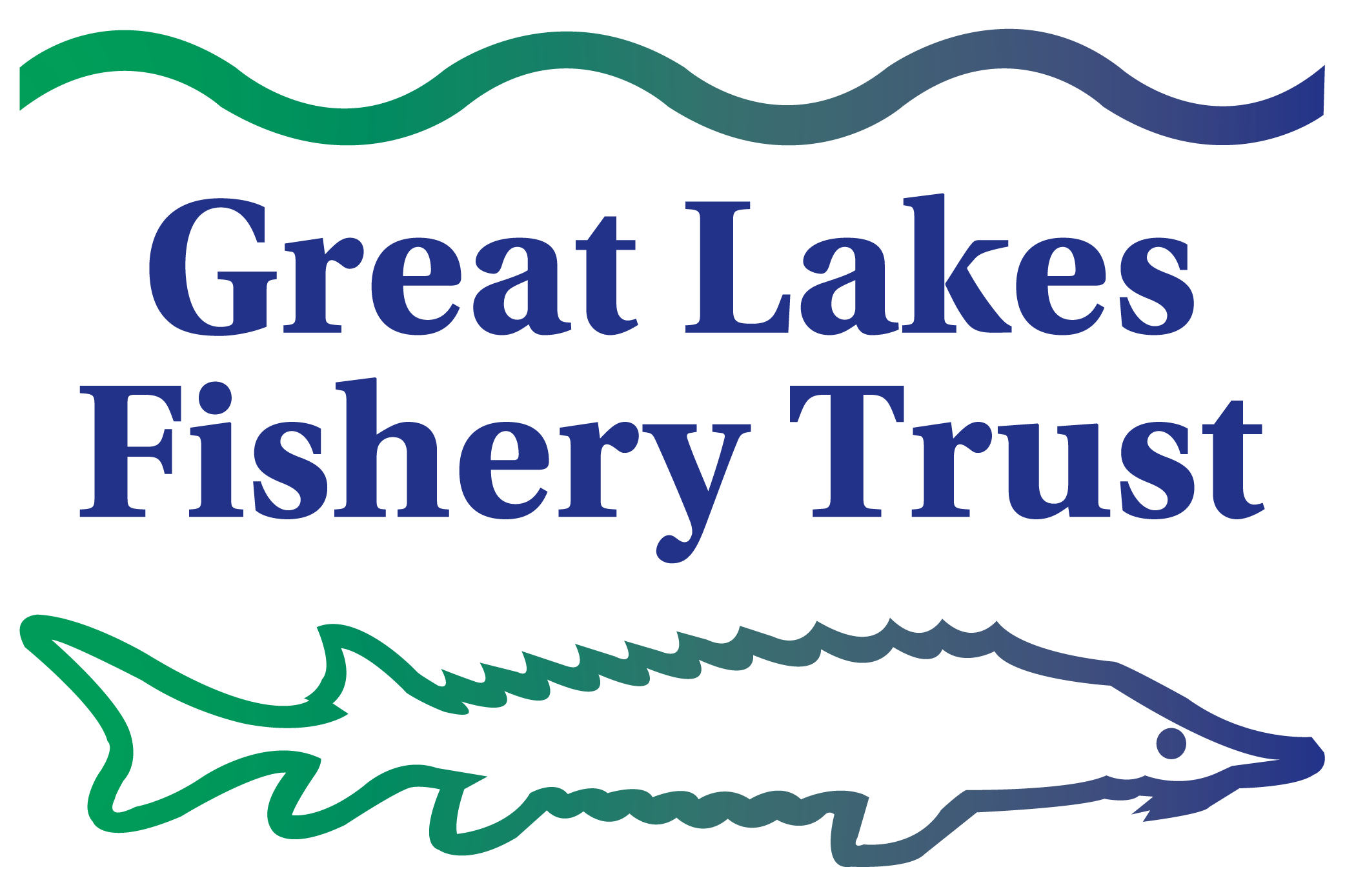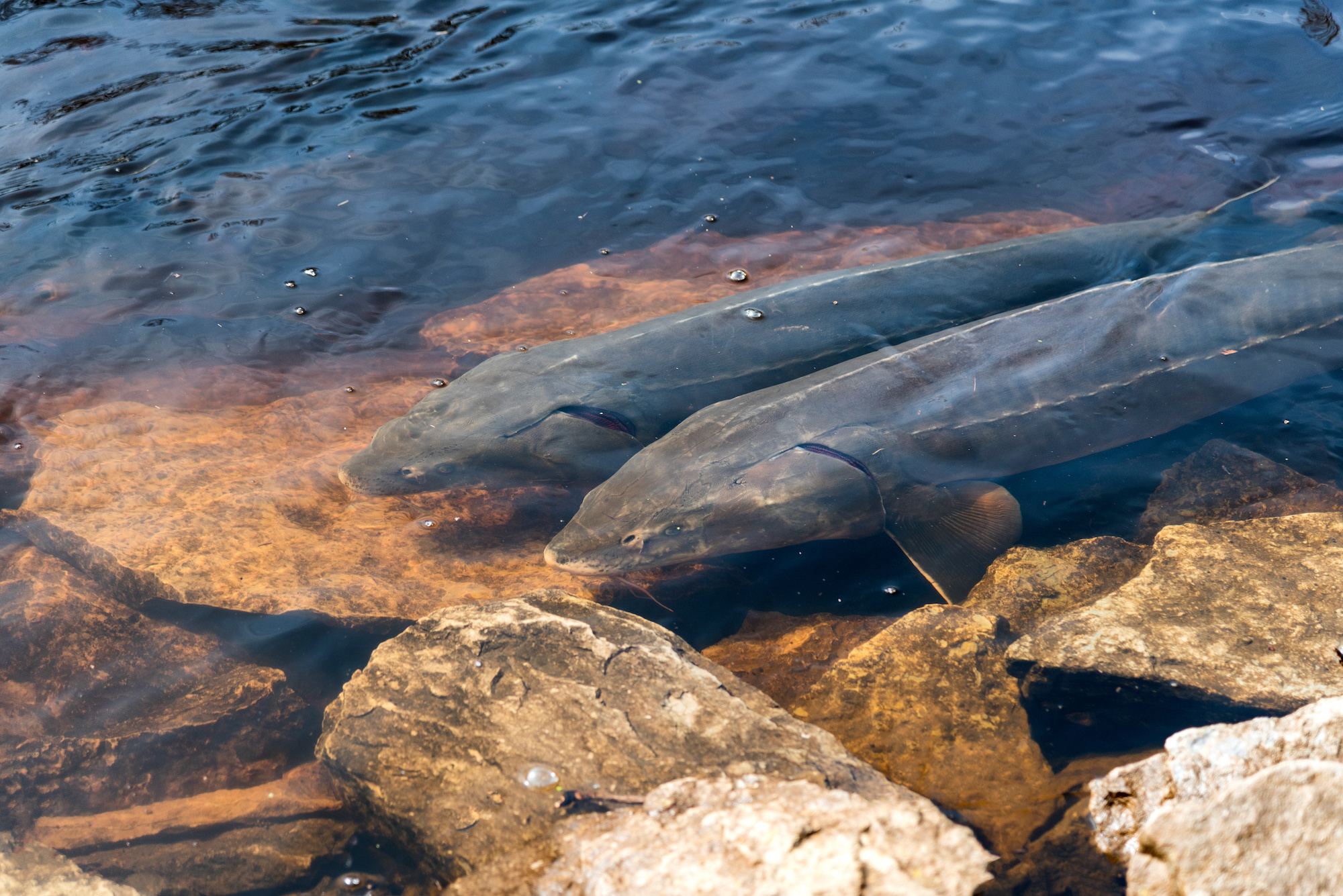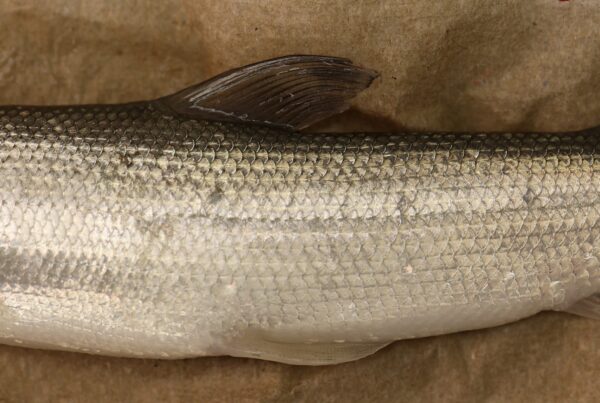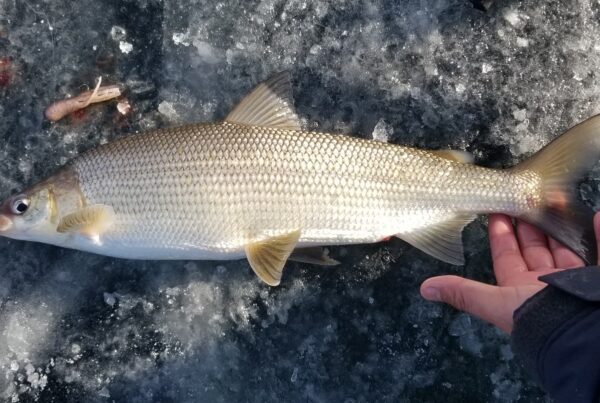Juvenile lake sturgeon can imprint on odors in water, but the mechanism for their homing behavior is still unknown
The restoration of lake sturgeon (Acipenser fulvescens, a long-lived freshwater fish) is a priority for federal, state, and tribal agencies throughout the Great Lakes. Fishery managers stock juvenile lake sturgeon, with the goal of restoring self-sustaining populations. Lake sturgeon form genetically distinct populations within the Great Lakes and are thought to return to their natal streams to spawn; however, the mechanism by which adult sturgeon find their way back to their spawning grounds is unknown. A team of researchers from Michigan State University and the Michigan Department of Natural Resources hypothesized that juvenile lake sturgeon imprint on odors in their natal streams and use those odors to guide their return to the streams as spawning adults. With funding from the Great Lakes Fishery Trust, Dr. Weiming Li and colleagues investigated whether embryonic and larval lake sturgeon are capable of imprinting on odors in water and whether the amino acids found in rivers produce distinct odor profiles that could guide migration in lake sturgeon.
Key Findings
- The research team exposed lake sturgeon in the free-embryo and larval stages of development to artificial odors in the water in which they were raised. Over 50 days after their initial exposure to the odors, the young sturgeon still reacted to the odors in behavioral assays.
- The team also found significant overlap in the amino acid profiles of spawning streams, making it unlikely that sturgeon could use amino acid profiles to guide them to their home streams.
Significant Outcomes for Lake Sturgeon Research
The GLFT-supported research is advancing scientific knowledge of lake sturgeon homing behavior. Analysis of Pacific salmon, a group of species famous for returning to their natal streams, has shown evidence of early-life olfactory imprinting. While Dr. Li’s research did not show evidence that amino acid profiles guide lake sturgeon to their home streams, it is the first to conclude that lake sturgeon can imprint on odors in the water early in life. Whether there are other odors that could be the basis for lake sturgeon’s homing behavior remains an open question.
Learn More
For more information about this research, see Jacob Kimmel, Tyler Buchinger, Douglas Larson, Edward Baker, Troy Zorn, Kim Scribner, and Weiming Li. July 2023. “Behavioral evidence of olfactory imprinting during embryonic and larval stages in lake sturgeon.” Conservation Physiology, 11:1
For questions, contact the primary investigator, Weiming Li, PhD, [email protected]
Disclaimer
Research Notes includes the results of GLFT-funded projects that contribute to the body of scientific knowledge surrounding the Great Lakes fishery. The researcher findings and grant result summaries do not constitute an endorsement of or position by the GLFT and are provided to enhance awareness of project outcomes and supply relevant information to researchers and fishery managers.





